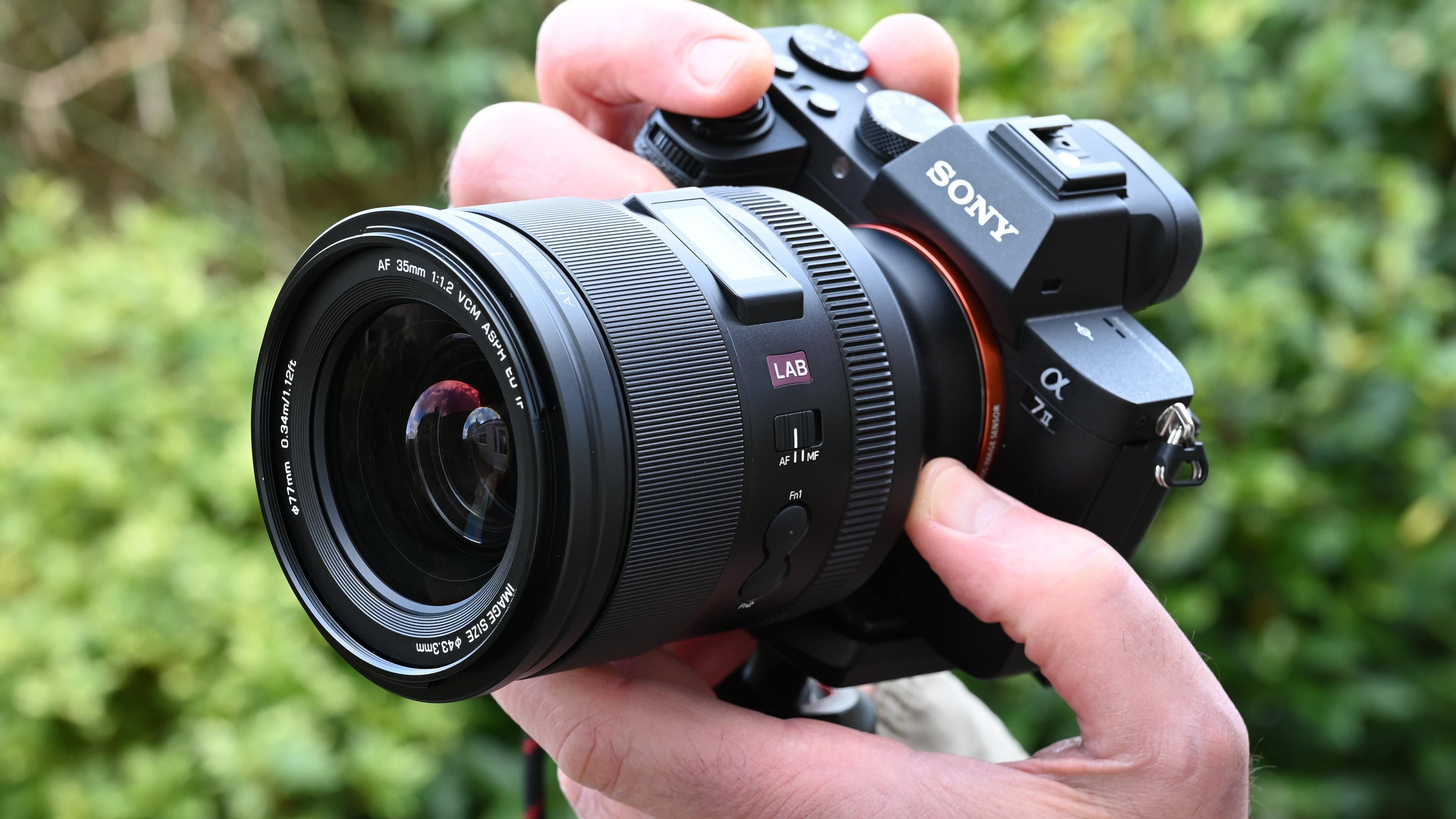This camera is from 1965 and it's the BEST camera I own (and yes, it's a Leica!)
My favorite camera is nearly 60 years old, and is so simple it doesn't even need batteries
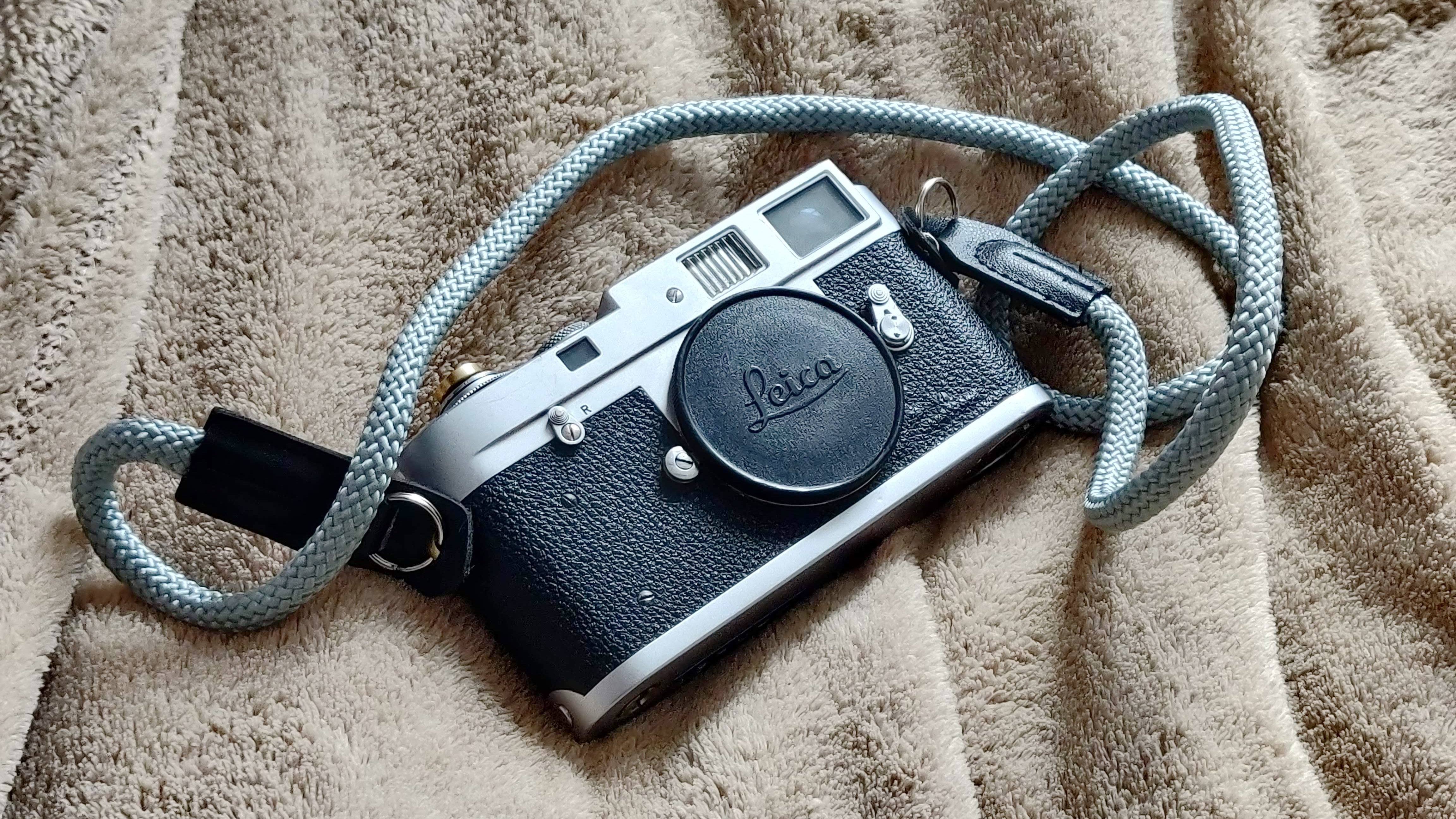
When you think of someone mentioning their favorite camera, you might expect they will mention one of the best mirrorless cameras on the market today, or possibly one of the best DSLRs of yesteryear.
But what if I told you the best camera in my camera bag is a film camera. In fact, I'd go as far as to say it is probably one of the best film cameras ever made, and while I professed my love of my loyal Nikon F5 before - this camera has no autofocus, no aperture priority, no automatic frame advance. It doesn't even take a battery - and best of all it was made in 1965!
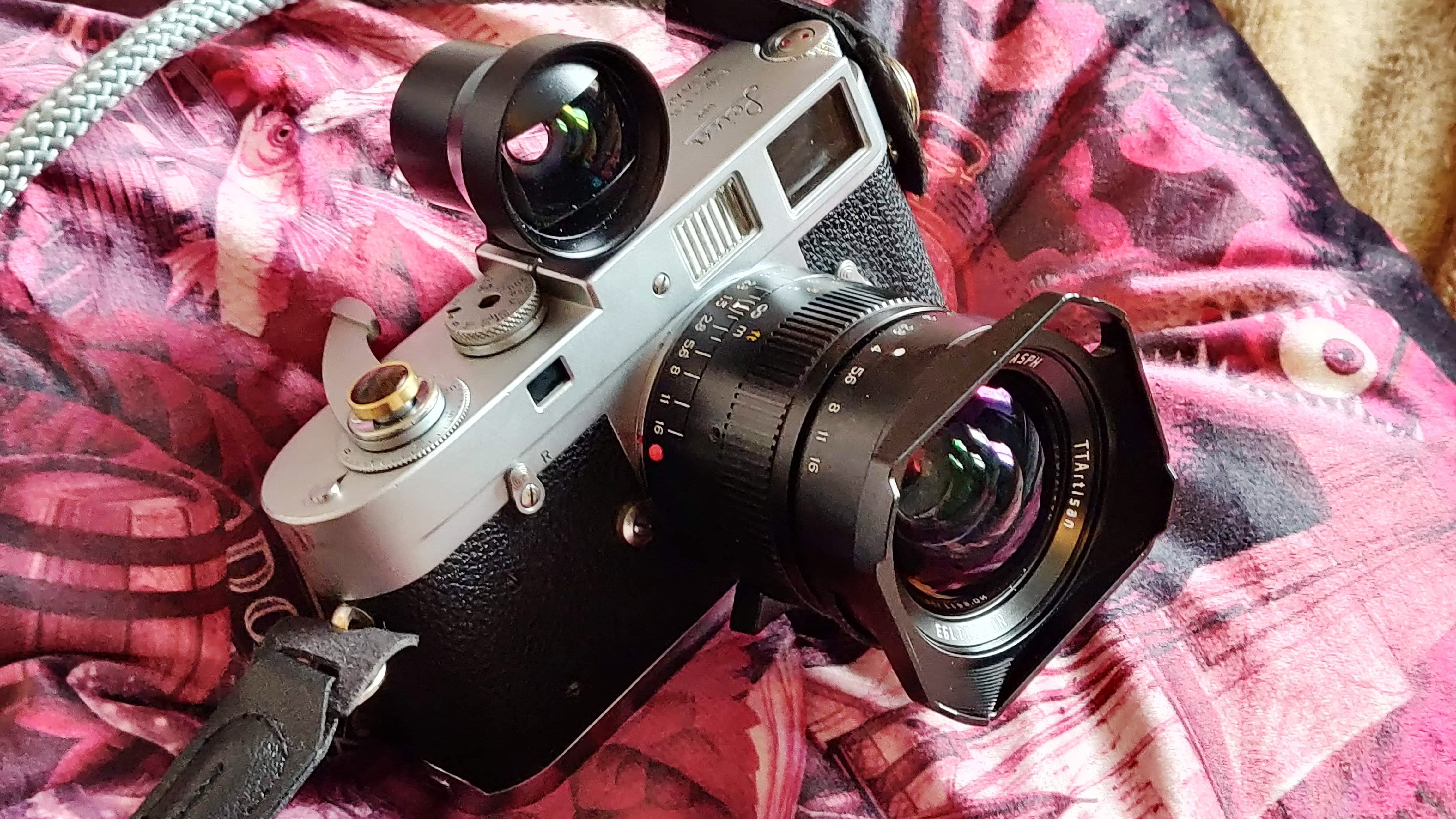
I'm talking about a Leica, but it's not just any Leica. I'm talking about a camera that nearly every Master of Photography has used at one point in their career, I'm of course talking about the Leica M2!
Now this could be the "honeymoon" phase but I've shot a LOT of film cameras over the years and while I still stand by my words that the Nikon F5 is the ONLY 35mm camera you need - I have to say that goes with the caveat… if you want a true automatic experience.
Now I know what you're going to say "Of course, he will say that now he has a Leica in his hands" but I have been fortunate to shoot with many Leicas, Hasselblads, even Phase One and Alpa equipment, and nothing comes close to the raw and pure photography experience than this Leica M2.
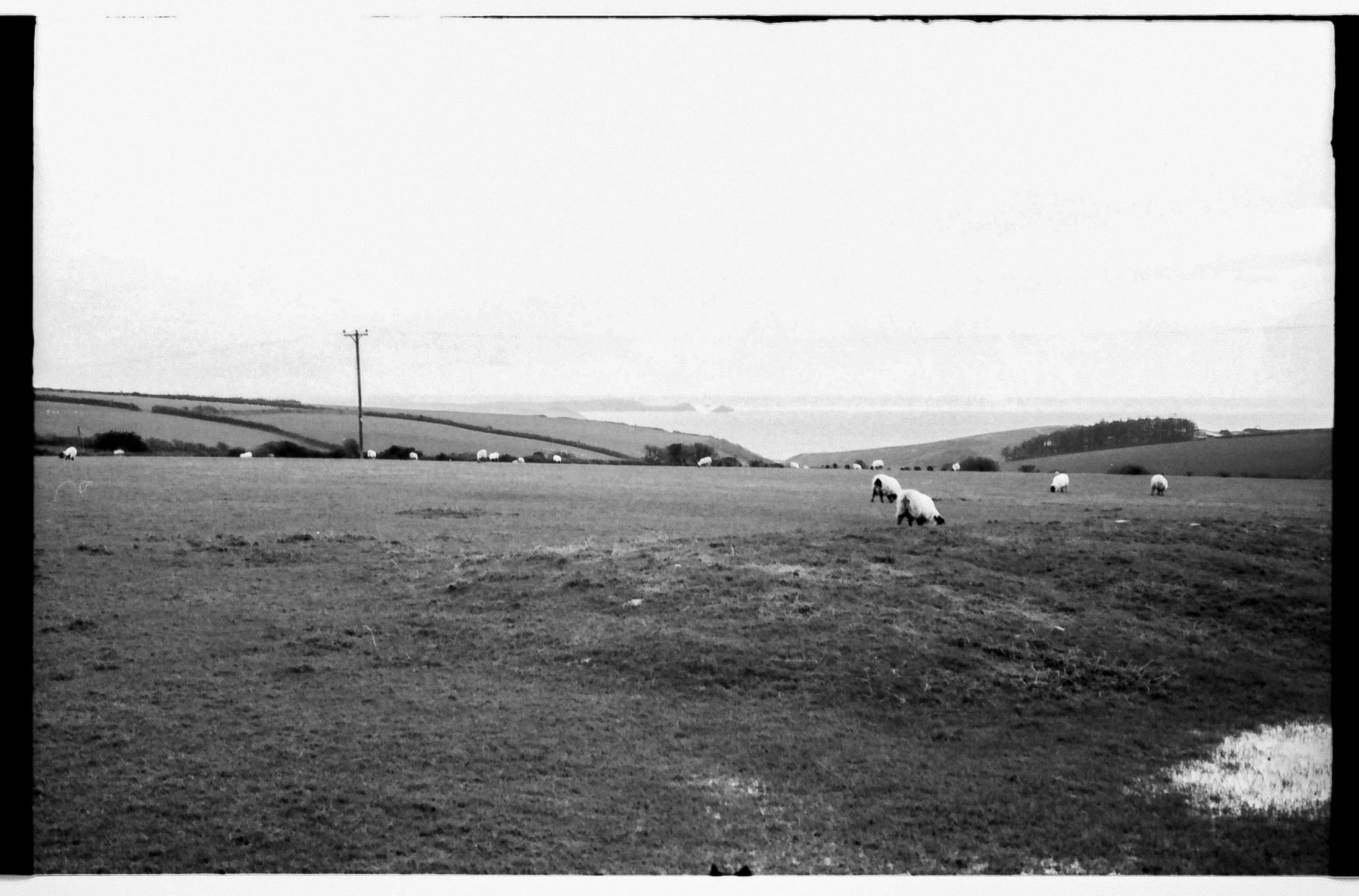
So what makes this camera so great, better than all the rest you have ever tested you ask, it's one word and I'm going to say it loud and proud: MECHANICAL! That's right, this camera is basically a light box that a monkey could use, stripped down to the bare minimum - just a shutter speed dial and a rangefinder - and that's why I love it.
This simple camera allows me to hone my skills as a photographer and not rely on the camera to do all the work, if an image goes wrong I picked the wrong shutter speed or aperture, I'm to blame, not the lightmeter, not the aperture priority setting - me!
I've owned this camera for little under a month and my film photography has benefited tremendously because of it, and before you say gear doesn't matter, it does. Gear inspires us to go out and do great work - if you love using your gear, you'll take more photos it is that simple.
Get the Digital Camera World Newsletter
The best camera deals, reviews, product advice, and unmissable photography news, direct to your inbox!
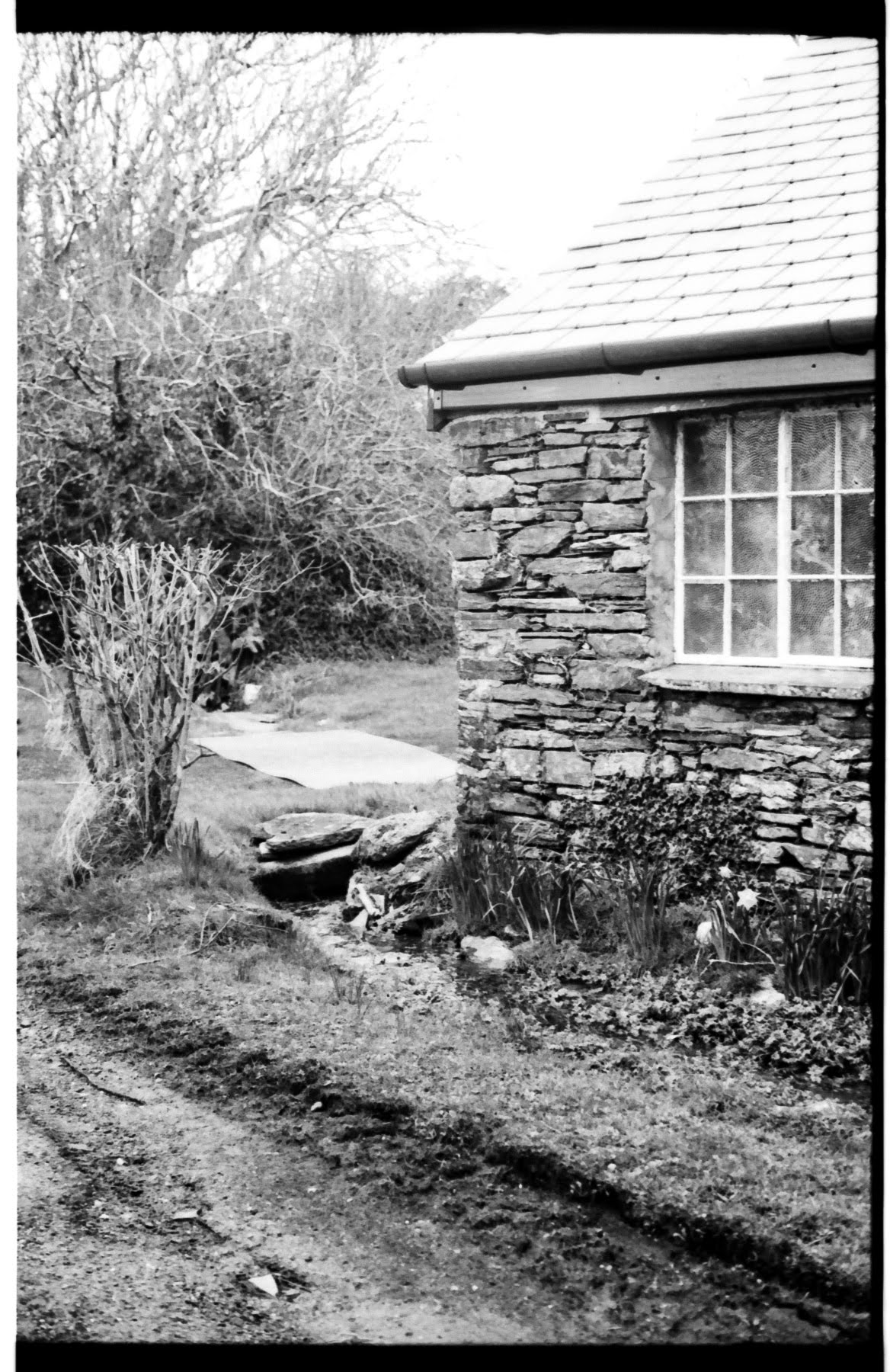
But what makes this Leica any different from the new Leica M11? Well, not too much, but there is one major thing that makes me want to pick the Leica M2 up over my digital Leica every time, and that is the viewfinder and its frame lines. If you don't know modern Leica viewfinders have batch frame lines for various lenses Leica produces.
For instance, you could have 28mm & 35mm frame lines show up at the same time, or 35mm and 50mm, or even 90mm and 135mm - and when you have these groupings they get in the way of your shooting.
On the Leica M2, it's very simple you have either a 35mm, 50mm, or 90mm frame, that only shows one frame line at a time and it's linked to whichever focal length you choose. So instead of my digital Leica M-E showing my 35 and 50mm frame lines when I attached my 50mm lens and distracting my view, the Leica M2 just shows me the 50mm frame line and everything else around it - see SIMPLE.
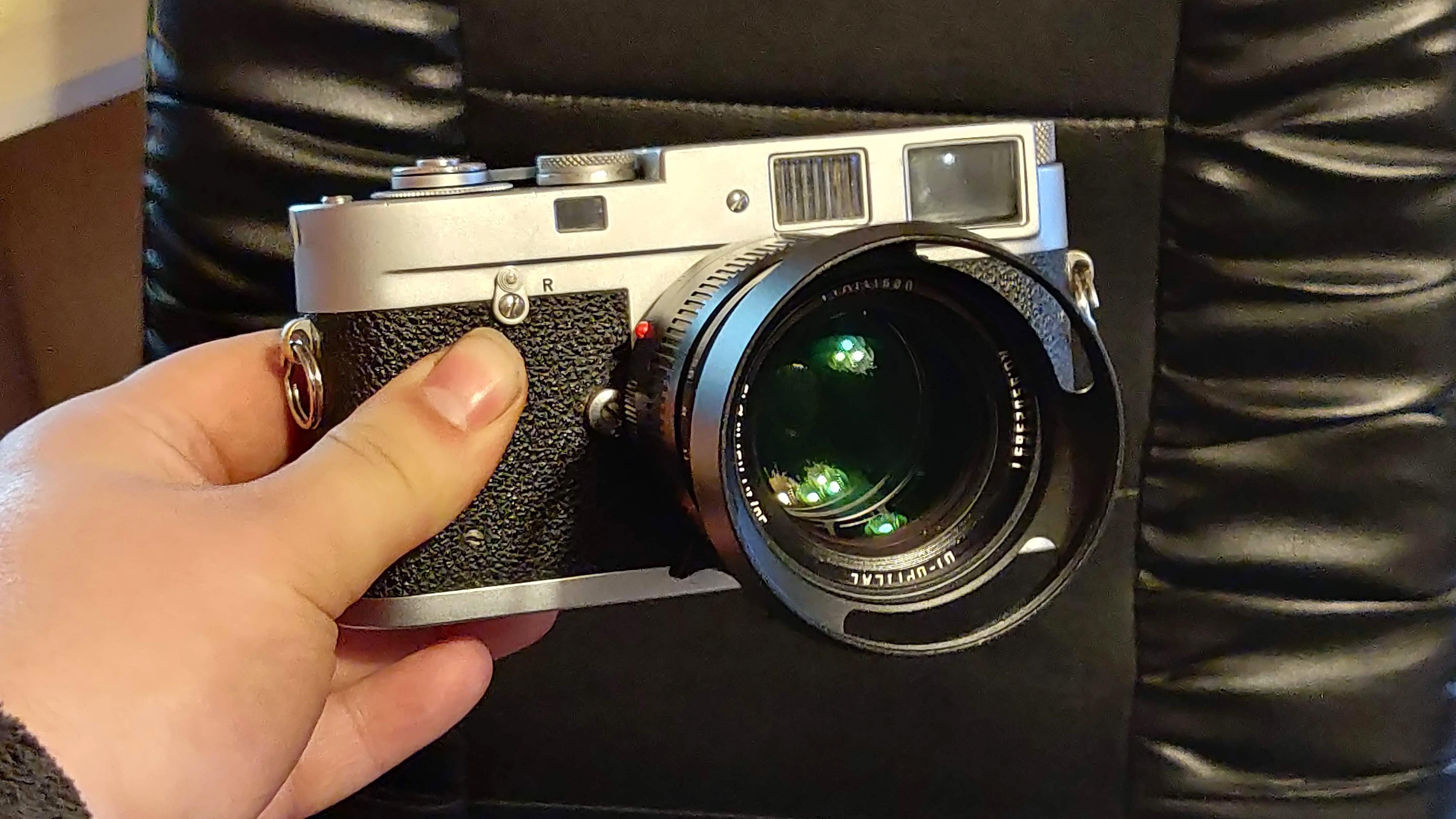
Now that might sound like a very picky thing to pick up on, but if you use a camera every day those little things become a deal breaker. Also, I might as well say I love the film loading of the M2 - which I know is shock-horror to all Leica loyalists around the world, as how could I never not love the rapid film system, but hear me out...
Most modern film Leica's have the rapid load system, which is effectively a built-in cylinder tube with three fingers on it that you weave your film in, advance, and you're ready to go, while the Leica M2 has a much more dated, but I say fool-proof method of loading your film.
The M2 does have a cylinder spool. however, it is removable, and instead of having fingers it has a little cut-out in the metal that you push your film leader into, push in just enough and you will see a little arrow appear, now you can load the spool in your right hand and the film canister in your left into the camera at the same time - yes that does sound tricky, and yes it takes a bit longer to get used too.
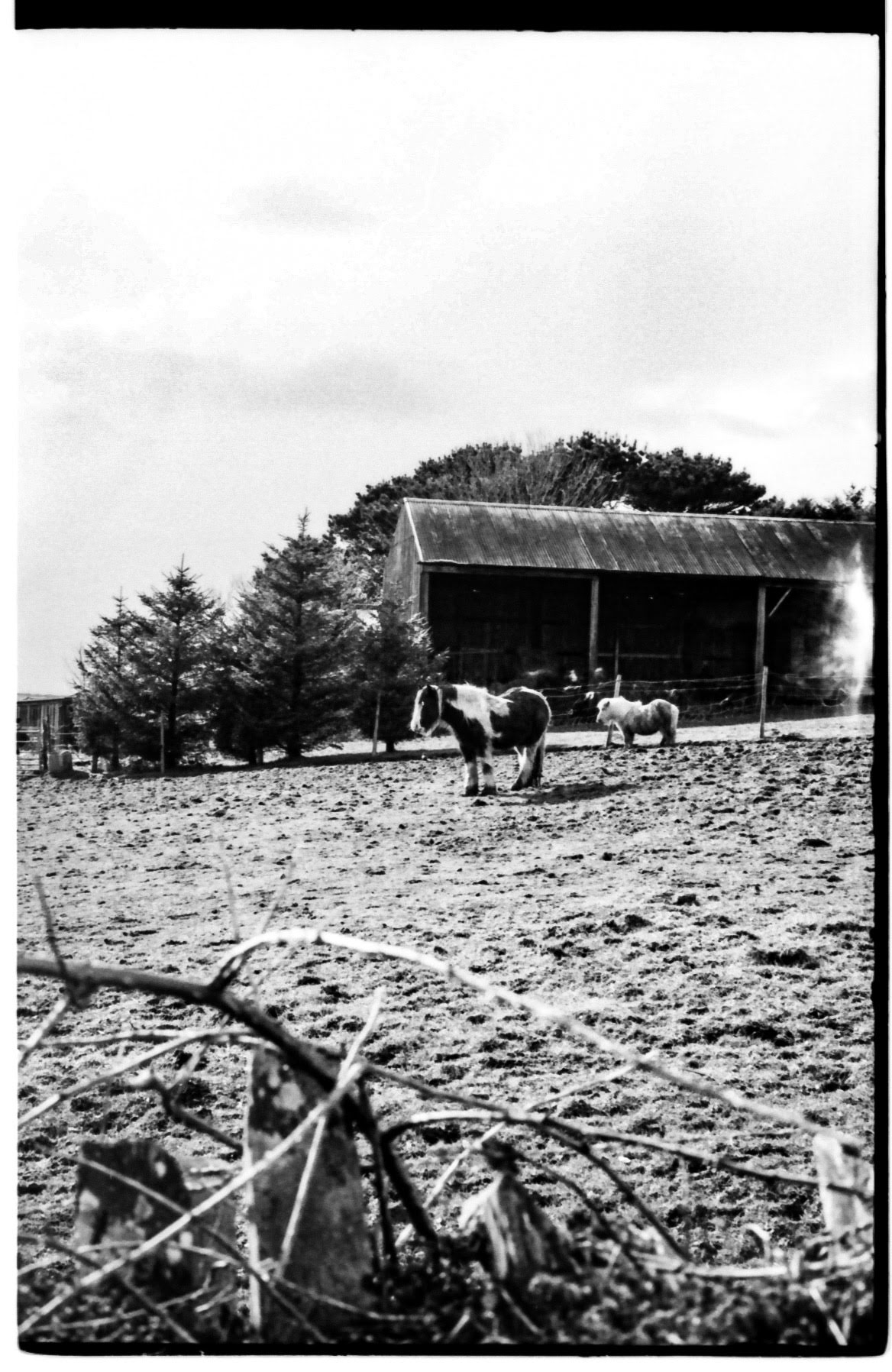
However, if you do it correctly you will NEVER have a roll go to waste, not take, snap etc - every roll I've shot has been 100% secure and worked. When I reviewed the Leica M-A with its rapid load system I had multiple issues with loading the film, the spool catching the film and It even snapped a roll of film in half!
So with all those points, all the trauma I've endured, and the detailed hours of developing, the Leica M2 is my most cherished film camera, built to last, 59 years old, still going strong, not missing a beat. It deserves to be the best, in my eyes it is THE BEST.
If this has been interesting you might want to check out our guide to the best film cameras, or if digital is more your thing then you must check out the best Leica cameras and the best Leica-M lenses to pair with them.

For nearly two decades Sebastian's work has been published internationally. Originally specializing in Equestrianism, his visuals have been used by the leading names in the equestrian industry such as The Fédération Equestre Internationale (FEI), The Jockey Club, Horse & Hound, and many more for various advertising campaigns, books, and pre/post-event highlights.
He is a Fellow of the Royal Society of Arts, holds a Foundation Degree in Equitation Science, and holds a Master of Arts in Publishing. He is a member of Nikon NPS and has been a Nikon user since his film days using a Nikon F5. He saw the digital transition with Nikon's D series cameras and is still, to this day, the youngest member to be elected into BEWA, the British Equestrian Writers' Association.
He is familiar with and shows great interest in 35mm, medium, and large-format photography, using products by Leica, Phase One, Hasselblad, Alpa, and Sinar. Sebastian has also used many cinema cameras from Sony, RED, ARRI, and everything in between. He now spends his spare time using his trusted Leica M-E or Leica M2, shooting Street/Documentary photography as he sees it, usually in Black and White.
